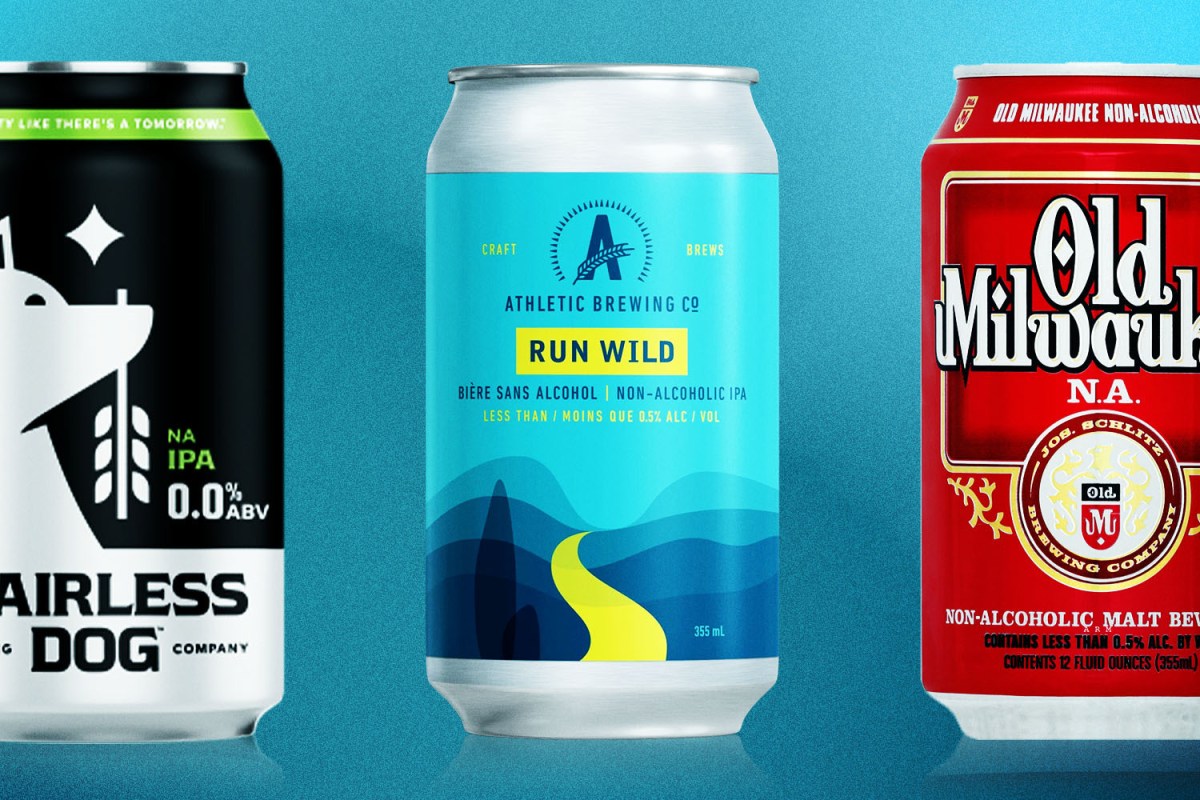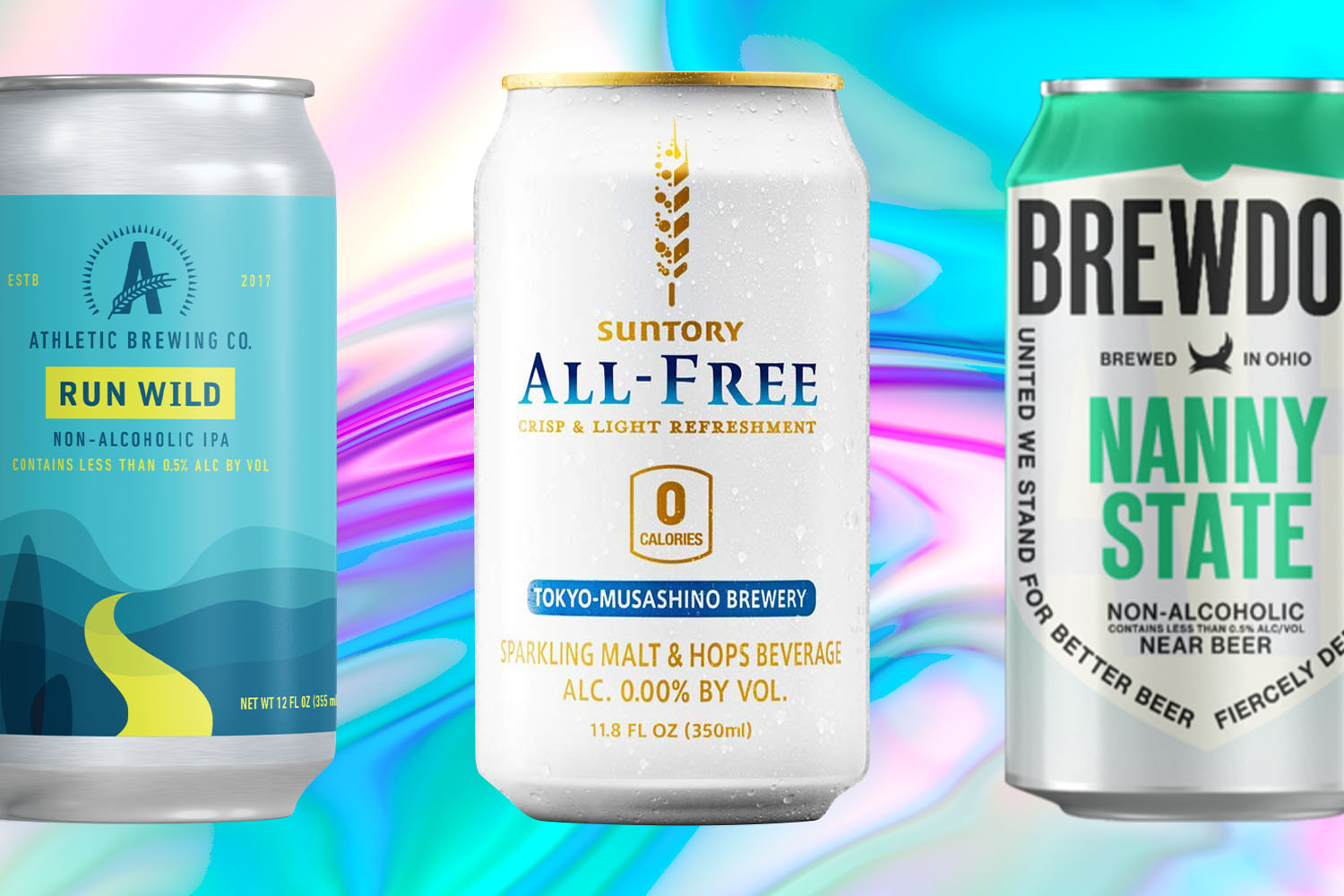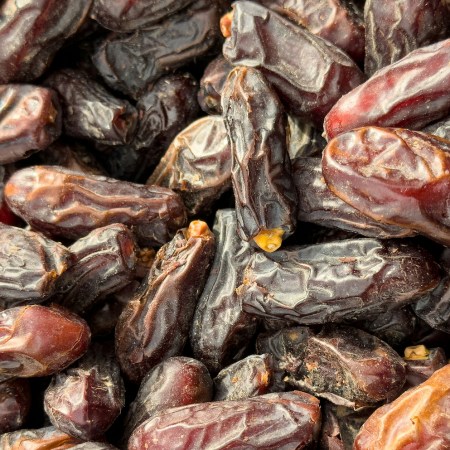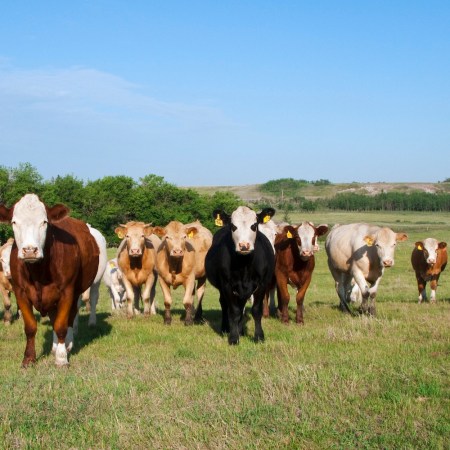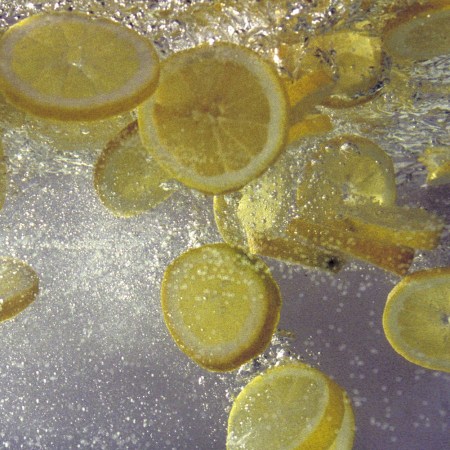A couple summers ago, O’Doul’s commissioned three artists to repackage its bland green-and-yellow label — the one that hasn’t changed since 1990, which might as well come off the shelf with a side of dust. Until recently, there was little incentive for Anheuser-Busch to put out a flashier iteration of its non-alcoholic drink. After all: if you drink O’Doul’s, you drink O’Doul’s. You know what it looks like.
But the project — which resulted in limited-run cans that Fast Company dubbed “pure Instagram bait” — was a bellwether of where the NA beer market was headed (and has been headed for years). The designs featured an unmistakably millennial color palette colors, ’70s-style stripes and an sans-serif, art-deco font. Stuff kids like. And that was precisely the point: as the low-to-no alcoholic beer market has exploded (with an expected $25 billion in growth by 2030), O’Doul’s can’t rely exclusively on its heritage status anymore. The much-reported “sober curious” movement isn’t led by a bunch of middle-aged men who simultaneously decided to give up a multi-decade drinking habit. It’s predominantly 20-somethings who would rather not start a drinking habit.
This isn’t too surprising. Young people are known wellness fiends. They’ve fueled social media’s fitspo revolution, and the mental calculus just isn’t that difficult. It’s better for your body to chug collagen than funnel a Bud Light. And as Dry January wins more recruits by the year, surveys suggest that younger generations have less trouble socializing without alcohol. Meanwhile, despite the fervor for this year’s “hot vax summer,” there’s a whole new self-help genre committed to helping those who are desperate to cut back.
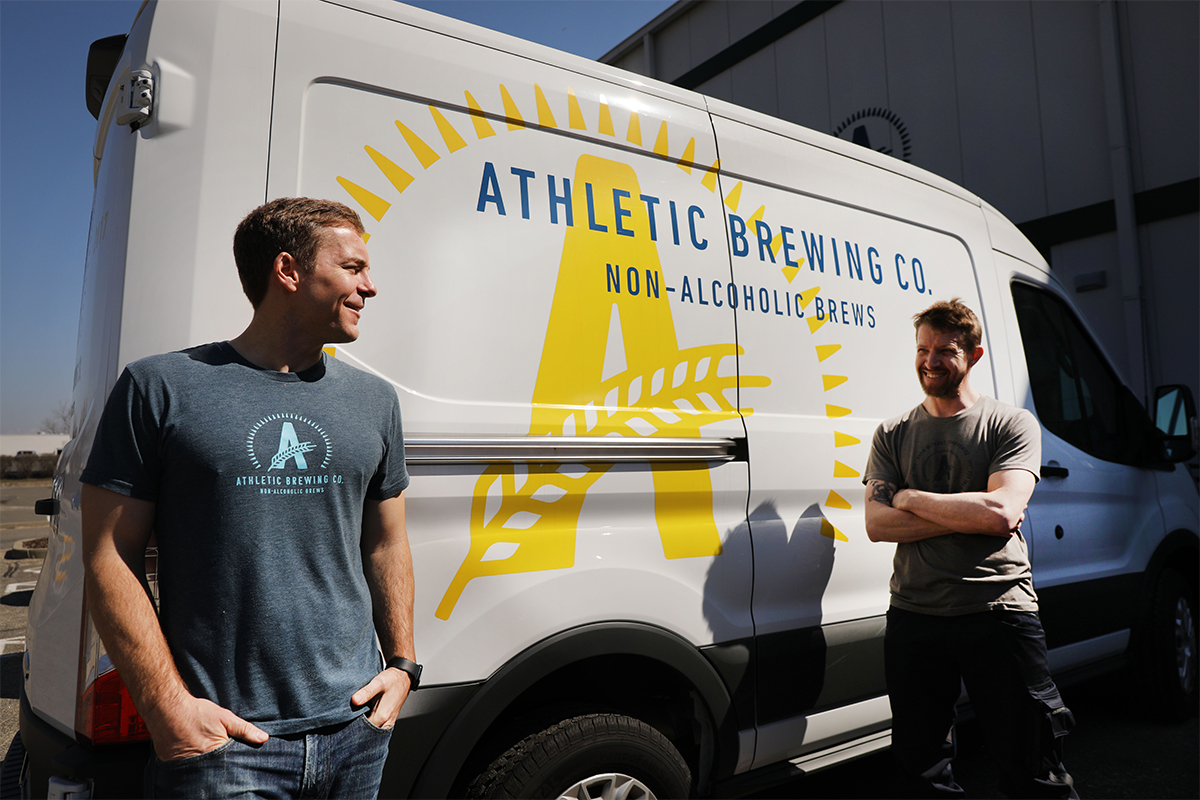
Short of quitting alcohol entirely, they can chase a “healthier” high with any of the 10,000 hard seltzers now available on grocery shelves, from gimmicky options like boozy ice pops to off-beat concepts like JuneShine, a hard kombucha brand started by a pro skateboarder/model that promises “a lighter, brighter buzz.” And then there are the low and NA beers, which have become so ubiquitous that a St. Paul-based columnist was able to forage 31 different options for a double-blind taste test.
You’re probably familiar with the NA market’s resident hotshot, Athletic Brewing Company. Co-founder Bill Shufelt once explained the brand’s target audience to Esquire as “25- to 45-year-old healthy and active adults who have serious day jobs, but pride themselves on being weekend warriors.” Clearly, that health pitch is working. The Connecticut company’s brews are just about everywhere right now: you can buy them online for same-day shipping, at your local bodega or even via Huckberry. Right around January of this year (go figure), Athletic reported a 500% increase in web traffic, and it’s not just because they have a clever “About” page. Back when Athletic opened its first West Coast brewery, in San Diego, a mixture of employees and ambassadors celebrated by documenting a 3,188-mile, cross-country cycle.
But while the optics suggest that a place like Athletic has your body’s best interests in mind (it gives it beers names like “Run Wild” and prints its merch on Rhone sweatshirts), the science remains murkier. Is drinking low and NA beers actually a healthy habit? There are big names and big money in this space now (Brooklyn, Suntory and Mikkeller have all released NA beers, while BrewDog operates an entire alcohol-free craft beer bar in London), so before we all start to feel overwhelmed with choice, it’s important to know whether that initial choice is a good one.
Let’s start by looking at the process by which they’re made. When breweries make low or NA beer, they follow the usual steps for brewing alcoholic beer: malting, milling, mashing, etc. After the maturation stage, they have a couple options for removing the alcohol. They can either heat the beer until the alcohol evaporates, or run it through a filter with microscopic pores that only allow alcohol and water to pass through. For the former, most breweries prefer to conduct that heating process in a depressurized tank that boils the beer without sacrificing whatever flavor was earned in all the earlier stages. For the latter, liquid is added back to what remains after the filtration stage. In both cases, there’s a final carbonation stage.
The final product, when done well, is a beverage that looks, smells and tastes a lot like beer. What most consumers fail to realize, though, is that some of that familiarity can be attributed to the fact that the majority of non-alcoholic beers … contain alcohol. According to the FDA, a truly “alcohol-free” beer must be labeled as 0.0% ABV. Here’s an example. But for the rest of them, an ABV of 0.5% or less will qualify for NA branding. Adding to the confusion, “low-alcohol beers” occupy a nebulous middle ground between the NA options and the fare from Anheuser-Busch and Coors that we’ve long called “light beer.” These beers, often brewed with sessionable function in mind (by guys who don’t mind a beer over their lunch hour) report ABV figures we’re not accustomed to seeing, like 2.8%.
For many, this is the primary reason the low-to-no renaissance is unhealthy, or problematic, or whatever word you want to use: NA beer is a bedfellow to real beer. It contains trace amounts of alcohol — not nearly enough to get you drunk, but enough that, say, a pregnant woman should probably stay away. From that point on, NA’s sell gets a little trickier. Is it meant as an alternative for people who would otherwise be drinking real beer? Or is it meant as an option for those who don’t drink due to an alcohol use disorder?
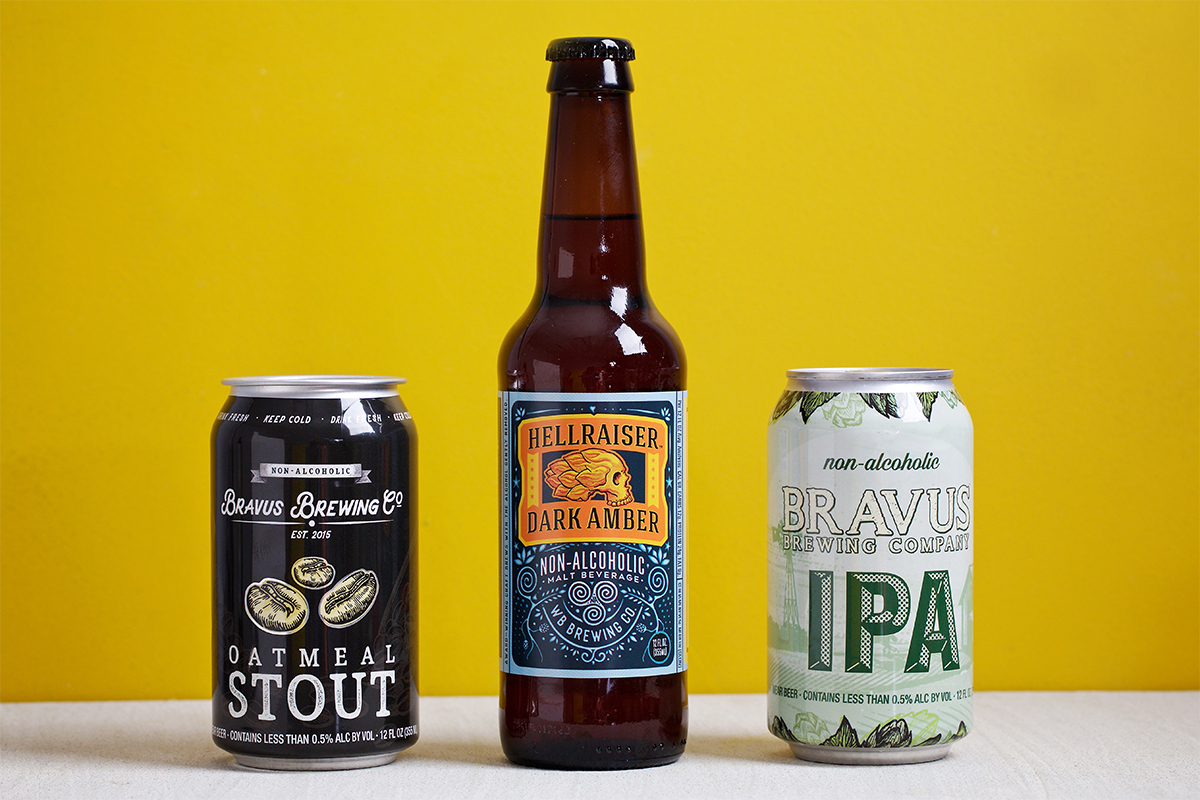
In fairness, that concern can ring a little hollow for those in recovery. As a recovery mentor named Martin Jon, who is 20 years sober, wrote to me: “[If] we needed all the bars and dope spots shut down in order not to feel triggered, we wouldn’t be getting much support.” That’s true. For Jon, that level of “fair-weather worry” ignores the fact that for recovering alcoholics, triggers are unavoidable and eternal. Addicts have to learn to trust themselves — through communication, through research, through intuition — before heading into a situation where their sobriety might be tested. For some alcoholics (and for many more who find themselves on the spectrum of addiction), NA beers may well be a viable option.
How about for everybody else? For those looking to cut back, or just trying to switch things up once in a while? Are alcohol-free, NA and low-alcohol beers healthy?
According to Erin R. Petrey, a mixologist and cocktail coach, it’s worth approaching the debate a little differently: “The word ‘healthy’ should never be used with anything lacking nutrition, and especially not with drinks that contain nothing but empty calories … We sometimes conflate ‘healthy’ with ‘less bad for you,’ but that isn’t the same thing.” To her point, if you play the comparison game solely using a nutritional facts sheet, you’re not going to get very far. NA beers have fewer calories than their alcoholic counterparts, sure. But they also have more carbs and added sugars. However, those added sugars amount to an average of 1.7g sugar per 100ml, which is less than most hard seltzers, and way less than your corner store soda. So, they’re … good?
A better way forward: instead of expending energy figuring out whether NA beers are a healthy alternative, just embrace that they represent an alternative choice, period. They’re a method of embracing alcohol’s ritualistic aspects without intoxication. They’re free of shipping regulations. And they’re finally being afforded the same level of care and craft — especially in crispness of taste — that brewers have long brought to alcoholic beer. Which is to say, it’s now even possible to become a NA beer snob.
Ultimately, if there’s any inherent “health” to this sort of choice, it’s in A) the absence of the choice you might otherwise be making, and B) the decision tree of positive choices it will likely lead to. Remember: NA beer isn’t an elixir. It won’t ward off sickness, reduce your risk of heart disease or give you a perfect night’s sleep. But alcohol is more than capable of incurring the opposite reaction of all those things. There’s nothing remotely athletic about drinking an IPA from Athletic Brewing. The athleticism arrives from getting on the bike for a few miles on Sunday morning, as opposed to nursing a hangover on the couch for a few hours. So whether you’re a TikTokker looking to cleanse or a retiree whose liver could use a couple plays off, give NA a shot. Whatever manages to crack open that door for you — calorie-counting? cool cans? — let it happen. The healthy part comes later.
The Charge will help you move better, think clearer and stay in the game longer. Subscribe to our wellness newsletter today.
